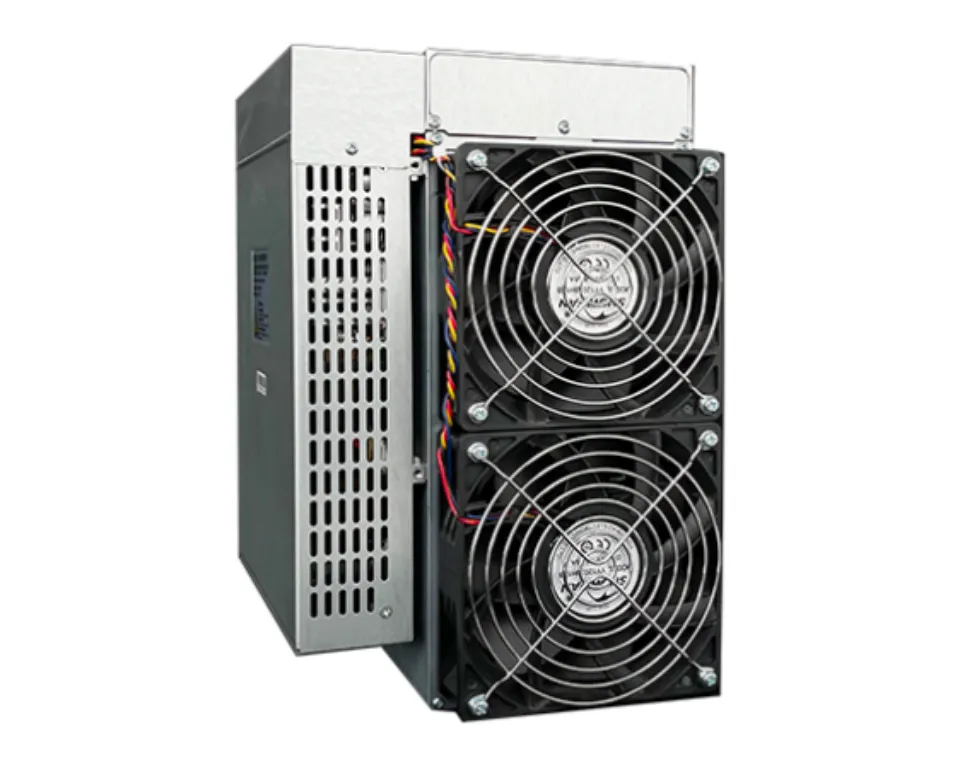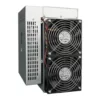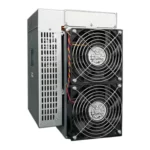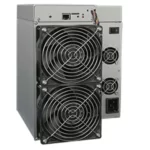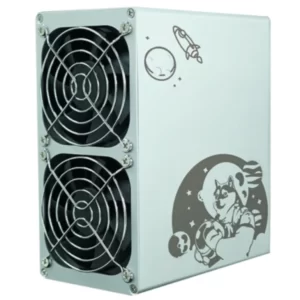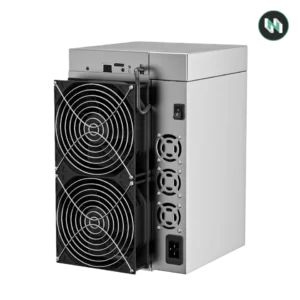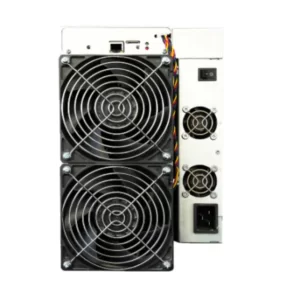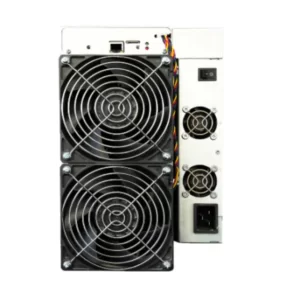Goldshell LT5
The Goldshell LT5 is a Litecoin ASIC miner with a maximum hashrate of 2.05 Gh/s and a power consumption of 2080 W. It is designed to mine Litecoin using the Scrypt algorithm.
Goldshell LT5 Specifications
Profitability
Supported Coins
The design of this miner is also different from other previous Goldshell Litecoin miners. It is a sleek new design that makes the miner perfect for large-scale mining. There are several coins that can be mined, with Litecoin being the most lucrative. Other coins that can be mined include Gulden, GameCredits, Emerald, Dogecoin, Verge, DigiByte, Einsteinium, Florincoin, Auroracoin, and more.
Mining Pools
You can join multiple mining pools using this miner. These pools include NiceHash, Poolin, AntPool, Litecoinpool, Easy2Mine. we recommend that you choose the right pool to increase your mining capacity.
Mining efficiency
Due to its power, it has an efficiency of 1.015j/Gh. In addition, the miner is a standalone device and its maximum capacity is 2080W. The high power makes synchronization with Scrypt algorithm more secure and easier to use.
The miner has a maximum voltage of 12v and uses an Ethernet interface. Thanks to the high power, you have a powerful miner that can mine continuously for tens of thousands of hours. It is one of the most efficient Litecoin miners on the known market.
Humidity, Temperature and Noise Levels
The Goldshell LT5 is a powerful Litecoin mining machine that is designed to operate at high efficiency. It has a temperature range of 5 – 35 °C and can handle humidities of 5 – 95 %. It also has 2 fans to help keep it cool. One thing to note about the Goldshell LT5 is that it has a noise level of 80db, which may be a concern for some users. However, its advanced design allows it to mine NLG, GAME, EMD, DOGE, XVG, DGB, LTC, EMC2, FLO, AUR at a high rate, making it a popular choice among miners.
Product Support
Goldshell LT5 Mining Tutorial (Professional Edition)
Goldshell LT5 Firmware
Goldshell Miners Series Accessories/Components
Goldshell Miner Series Troubleshooting & Repair Guide

